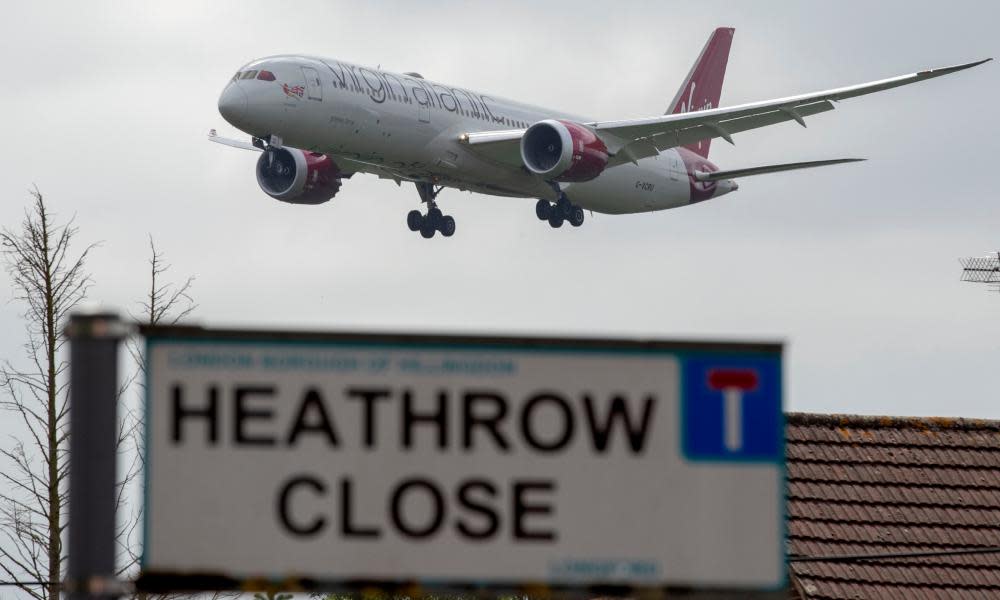UK regional airports will be hit hard by Heathrow’s third runway

According to the government’s own figures, the impact of Heathrow expansion on UK regional airports will be alarmingly negative. By as early as 2030, a third runway at Heathrow will mean 20,258 fewer direct international flights at Manchester each year; 17,100 fewer at Birmingham; 4,449 fewer at Leeds Bradford; 2,700 fewer in Scotland; 1,400 fewer at Doncaster Sheffield airport; and that as many as 17 million of the 43 million extra passengers projected to pass through Heathrow’s lucrative shopping malls will have been be drawn from growth at regional airports (Caroline Lucas interview, 16 June).
And there’s no letup in the projections: by 2050 there will be 162,000 fewer direct international flights each year at regional airports, if parliament permits Heathrow to build a third runway. The sole offer to the regions is the poultice of possible “connectivity” to an increasingly monopolistic Heathrow, but this possibility appears to be diminishing in a world where customers opt for direct point-to-point international flights, rather than transfer at hubs, and such domestic flights require taxpayer subsidy. In the last year alone, the number of “regional connectivity” flights from Heathrow has fallen.
So regional MPs should look beyond the corporate sales puff of Heathrow, as touted by ministers, and consult the actual detail of the government’s airports national policy statement, before allowing a third runway at Heathrow to further entrench the geographical economic divide in our country. Their regions need them to vote no to a third runway at Heathrow.
Paul McGuinness
Chair, No 3rd Runway Coalition
• Caroline Lucas’s comments (Saturday interview, Weekend, 16 June) on the “arms race” between European airports were novel and persuasive. Could someone explain why if a) we need an airport for business with maximum connections and capacity and b) two-thirds of Heathrow flights are to leisure destinations, Heathrow cannot reallocate existing slots to increase business capacity while leisure slots are distributed closer to tourists’ homes? Is the whole enterprise driven by BA’s desire to run all of its flights from a single airport? Answers please!
Carolyn Hayman
London
• Join the debate – email guardian.letters@theguardian.com
• Read more Guardian letters – click here to visit gu.com/letters

 Yahoo News
Yahoo News 
